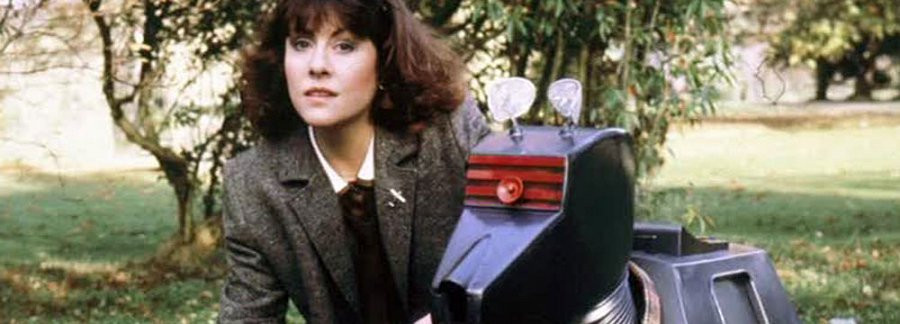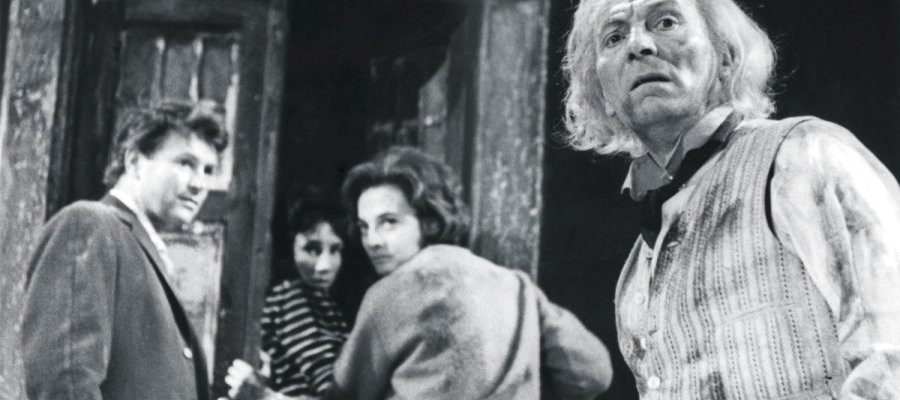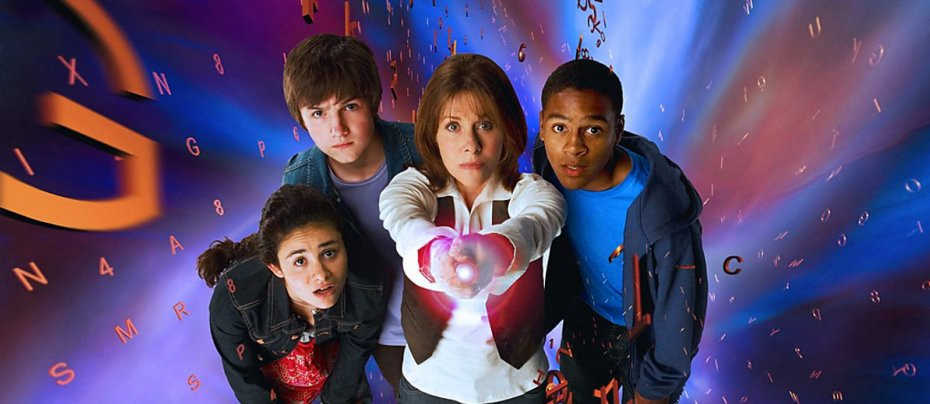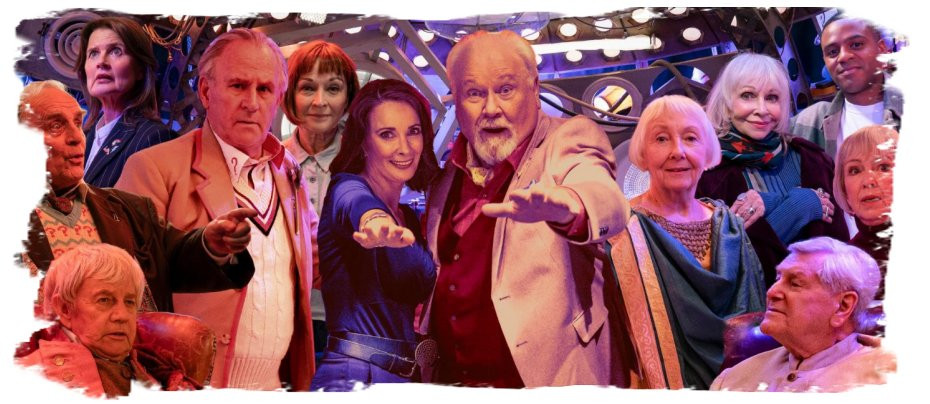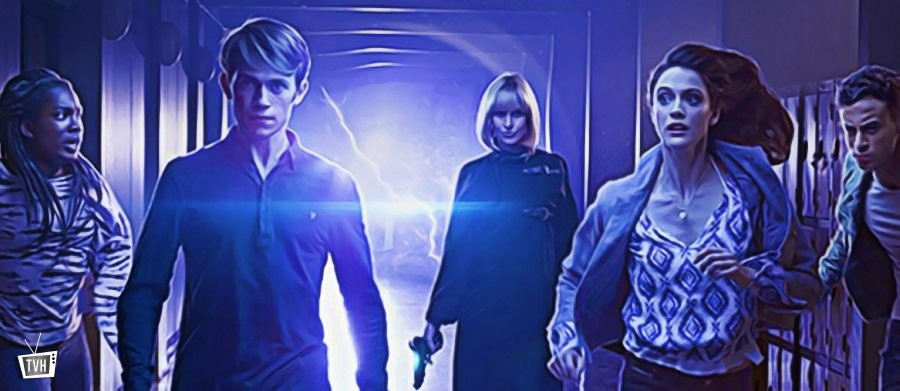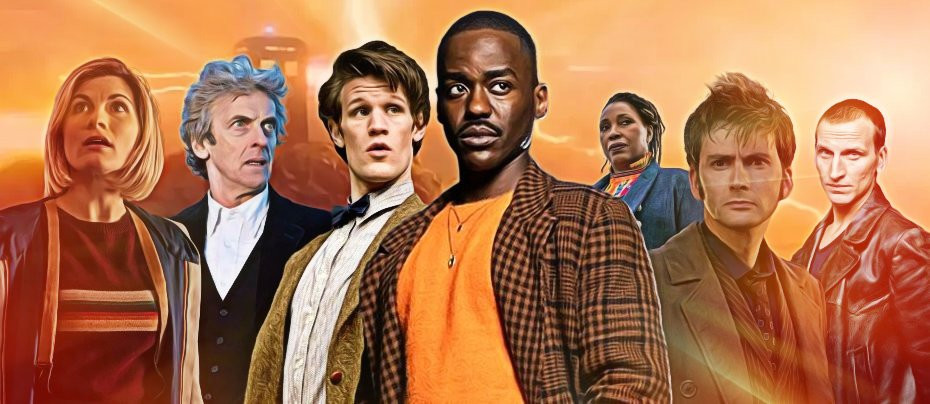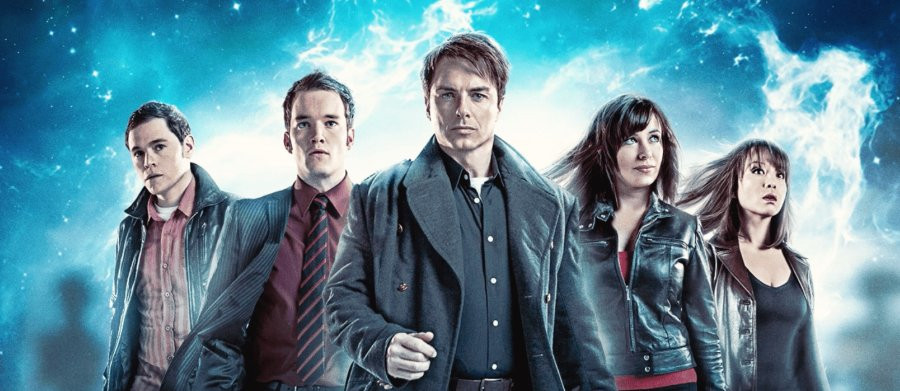Sarah Jane's World View
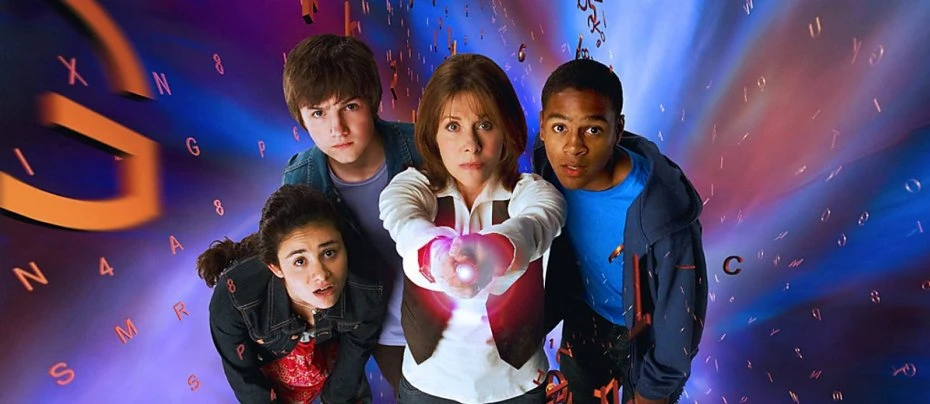
‘engaging, entertaining and informative right down to the last episode’
Russell T. Davies’ second spin-off during his time as the showrunner of Doctor Who, (2005-2010) remains enduringly popular amongst Who fans. Davies proposed The Sarah Jane Adventures (SJA) as a spin-off aimed towards children for CBBC (Children’s BBC), and it was written by Davies himself after the success of Sarah Jane Smith’s return to Doctor Who in the 2006 episode School Reunion, amongst fans of the “classic” show and young people who were enthralled by Elisabeth Sladen’s performance.
Looking back on the series as an adult, one thing really stands out. The Sarah Jane Adventures does not patronise its audience with simple storylines. Although designed for younger people, it never insults the viewer’s intelligence and does not shy away from difficult real-life storylines. Unlike Doctor Who, The Sarah Jane Adventures consistently deals with life on earth. Sarah Jane herself recognises that “life on earth can be an adventure too.” As an adult viewer, who grew up watching SJA, I am impressed how relatable the characters in the show are. Whilst the Doctor is essentially an immortal, and experienced, genius, the characters in SJA are wonderfully human.
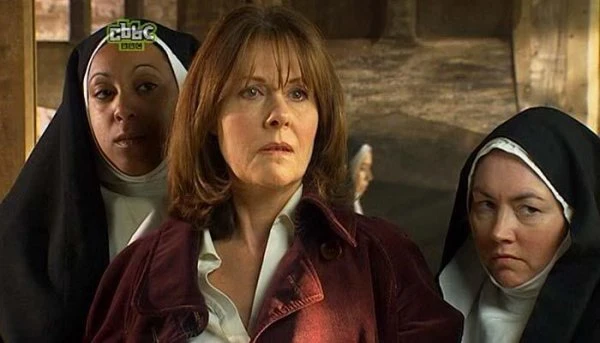
The Eye of the Gorgon, the third episode in the series, introduces Bea Nelson-Stanley (Phyllida Law), the owner of an alien talisman that a group of nuns possessed by a Gorgon are seeking. Bea suffers from Alzheimer’s disease and struggles to assist Maria (Yasmin Paige) in supplying information to defeat the Gorgons, instead reminiscing about her beloved late husband, Edgar. Alzheimer’s is a difficult topic, particularly amongst a younger viewing audience who may be aware of people, even family members, suffering with it. Maria hopes the alien talisman will be able to rid Bea of the illness. Instead, the talisman allows Bea to “hear” her husband’s voice one more time, saying “I will always love you, Bea.” Sarah Jane says that Maria “shouldn’t be upset” that the talisman did not cure Bea but it “gave her peace.” This is a reminder to young people that although this programme is set in the fantasy “Whoniverse,” some things are, sadly, incurable. An important lesson too often neglected in the science-fiction genre.
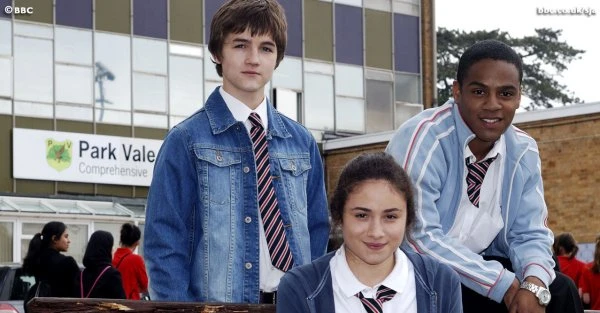
Two characters in the series come from broken homes: Maria, who lives with her loving father Alan (Joseph Millson) (having a slightly tense relationship with absent mother, Chrissie (Juliet Cowan)), and Clyde (Daniel Anthony) who lives with his mother Carla (Jocelyn Jee Esien). In The Mark of the Berserker, Clyde is contacted by his estranged father, Paul (Gary Beadle). This agitates Clyde, having not seen his father for many years. But it allows for some interesting dialogue to take place between Clyde and Paul; Clyde asks why Paul left home, chose not to visit and informs him that he “needed” Paul. He explains how this affected his behaviour at school – explaining his frequently blasé attitude – and his anti-social behaviour. However, by the end of the serial, Clyde can confidently say that “I don’t need you” as he has his “Mum-Sarah Jane, Luke (Tommy Knight), Rani (Anjli Mohindra) and Maria.” The episode ends with a heart-warming conversation between Clyde and Sarah Jane as he opens up, saying that “sometimes people think I’m not bothered by stuff.” This breaks down Clyde’s strong exterior, showing any young person watching that it is OK to find these kinds of situations difficult but, on the other hand, it’s also possible to break through it, not letting such situations influence who you are, which is a profoundly inspirational message for any child who may have experienced difficulties between their parents, and it shows that others are going through similar situations and have managed to make a success of them.
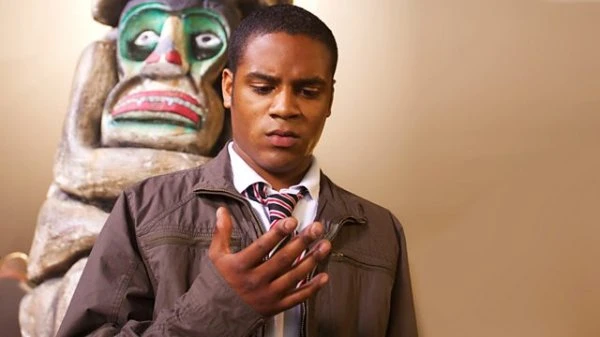
Another story that warrants closer examination is The Curse of Clyde Langer, a tale in which Clyde’s very name becomes cursed by an alien entity trapped in a totem pole which turns his friends and family away from him. In the story, Clyde (renaming himself Enrico to avoid the curse) becomes homeless at the end of episode one. In episode two, the storyline focusses on the situation Clyde experiences becoming homeless. We see him cold, wet, and dirty. We also learn about superstition on the streets and how the community operates. It is a stark reminder of the realities faced by ordinary people in 21st century Britain. Clyde’s new friend, Ellie, comments on the plights faced by homeless people in the soup kitchen: “That woman in the duffel coat. Polish, came over to get married. Got dumped. Can’t get home. And that’s Polly the Porsche. She used to work in the City. Always telling everyone what she used to drive. Now she pushes everything she’s got around in an old trolley.”
Russell T Davies successfully ensures SJA does not neglect the real-life issues faced by many. In particular, the stark juxtaposition between Polly the Porsche’s current life and past life just shows that, at any point, anyone can face these problems. In addition, when the curse on Clyde’s name is lifted, Sarah Jane says of the homeless situation: “I just can’t believe, after all the things we’ve seen, the most alien world of all is right here. And no-one knows. Because they don’t want to.” This is an appropriate reminder to SJA’s young viewership; that things in the world are challenging, complex and difficult. And, whilst the fantasy “Whoniverse” is not real-life, we do have the opportunity to change things such as the homeless crisis. It’s impressive that a show aimed at young people can address such a complex matter in such a moving way. Indeed, this is a topic I have not seen explored explicitly in Doctor Who. The subject was not even raised in Torchwood until Big Finish Productions produced the official Series 6 of Torchwood (Big Finish Productions: Torchwood: God Among Us. Volume 2, Hostile Environment). When listening to that audio story, I marvelled at just how effective The Curse of Clyde Langer is at showing the homeless situation at its worst.
Other notable influential episodes include The Last Sontaran which deals with the upset that moving away from home can cause, something many children can relate to, The Day of the Clown deals with facing your fears head-on, and The Temptation of Sarah Jane Smith deals with the loss of close family members.
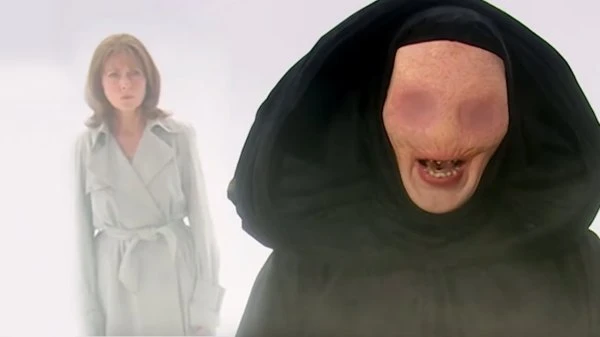
Davies brought villains created for SJA into both Doctor Who and Torchwood. Russell’s creation of the Trickster (Paul Marc Davies) is one of the most notable villains of the series – a faceless, immortal creature with sharp teeth that dresses in full black and has the power to unleash full chaos on the galaxy by messing with time itself, a truly spine-chilling villain. I would have loved to see the Trickster in Doctor Who especially after he met the Doctor in The Wedding of Sarah Jane Smith. Indeed, of Doctor Who’s most popular episodes, 2008’s Turn Left, featured an oversized time-meddling beetle, said to be a member of the “Trickster’s brigade.” In making this reference, Davies does not play down the importance of the SJA, despite the young viewing audience, showing respect to the younger viewers who would have picked this reference up. This respect Russell gave to the series makes all the difference. Even Torchwood references an SJA species, the Skullion race which, in the grand scheme of things, has seen little airtime. In making these references, Davies shows just how important SJA is to the Doctor Who canon.
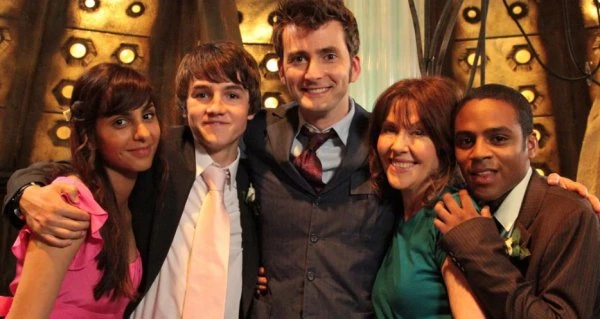
Importantly, the Doctor himself appeared on the show on two separate occasions – David Tennant and Matt Smith’s Doctors. These stories drew viewership from older individuals to the show, ensuring that SJA has never been viewed as a child’s show or somehow irrelevant to the main show’s canon. Indeed, when David Tennant starred in The Wedding of Sarah Jane Smith, he had already finished filming his last scenes for Doctor Who but returned to the role for SJA. In her autobiography (‘Elisabeth Sladen, The Autobiography’, Aurum, 2011), Sladen reflects on the enormity of this. Commenting on The Wedding of Sarah Jane Smith she writes: “And here was David Tennant starring in it… I wasn’t in David’s show. He was in mine. Mine! The Sarah Jane Adventures, for goodness’ sake.” Truly, SJA got the respect it deserved from Davies.
Elisabeth Sladen was quite clearly an incredibly talented person and everyone who collaborated with her has nothing but praise for her personality, performance skills, and humility.
How the series would have progressed is anyone's guess. SJA had a healthy prognosis. but to our great sadness, Elisabeth Sladen passed away from cancer in April 2011. Thus, issues covered and future development were simply due to the fact SJA was cut short by Sladen’s untimely pass
It would have been nice to see more stories like The Mark of the Berserker – a story praised for its sensitive discussion of real-life issues where we learn a lot about Clyde. The series would have benefitted to have some episodes exploring the other characters in the series, in particular characters that may appear to have a “privileged” life. For example, Rani is an intelligent, forward-thinking, middle-class young woman who has a distinguished career ahead of her with two doting and supportive parents. So, what makes Rani tick? We ever find out what drives her ambition. Rani is a great inspirational figure to young girls, particularly those who are POC, and it would have been nice to have seen an analysis of what prompted Rani’s healthy ambition.
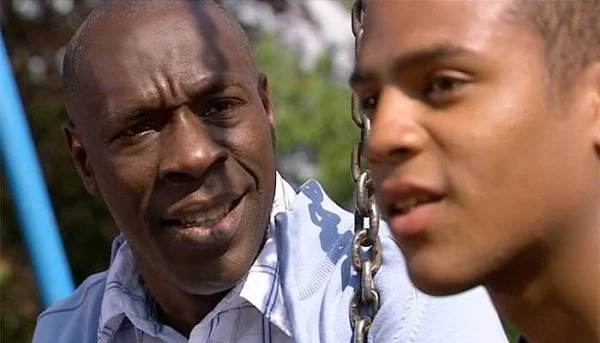
In addition, it would have been nice to have seen more of Luke’s development during series four and beyond. Luke Smith is a social misfit; mentored by Clyde to settle into typical teenage life. Luke could be interpreted as neurodivergent as he makes poor social choices at times, consistently feels that he is perceived as peculiar by those around him, and his “abnormal” level of intelligence. Many young viewers could relate to Luke’s difficulties with fitting in, even with his neurodivergent traits. Luke’s subsequent success at university would have been a lovely way to show the viewer that you should never let these thoughts of inadequacy or neurodivergences effect your life’s choices or ambitions. When Luke’s character returns to Bannerman Road in Sky, after leaving for University in The Nightmare Man, he is much matured. We do not get to see how this happens. In the 2020 webcast finale to SJA, entitled Farewell, Sarah Jane, we learn that Luke, who it is revealed is gay, is happily married to his university sweetheart. (This was a beautiful end to the series and a wonderful way of honouring Elisabeth Sladen’s memory and if you have not watched it, it is highly recommended) But it would have been nice to have seen more of Luke’s development as it surely it would have been inspirational.
On a purely selfish note, this reviewer would loved to have seen more classic companions in the show. Children watching Doctor Who fell in love with K9 (John Leeson) in School Reunion and loved seeing him back in SJA. The inclusion of Brigadier Alistair Gordon Lethbridge-Stewart (Nicholas Courtney) in Enemy of the Bane was a fantastic way to bring the character back to the modern series. So, too, the inclusion of Jo Grant (Katy Manning) in The Death of the Doctor. The character found a dedicated modern fanbase from the SJA viewership. This certainly accounts of the fact that more young adults than ever before (who grew up with SJA) are interested in the classic series. These episodes proved that the formula could work; a classic character could have a cameo in the series whilst the show remained Sarah Jane’s. At the end of The Death of the Doctor, Sarah Jane discusses several previous companions of the Doctor that are still out there – and the fans would have loved to have seen them in the series.
The Sarah Jane Adventures was a truly brilliant idea. It was incredibly successful at what it did and continued to do was be engaging, entertaining and informative right down to the last episode. Elisabeth Sladen was the perfect person to be the show’s lead and the other cast members have become much-loved characters in the “Whoniverse”. Perhaps a new viewership will be able to appreciate the show since its upload to BBC iPlayer. The Sarah Jane Adventures should remain popular for many years to come.
Josh Nicholson


